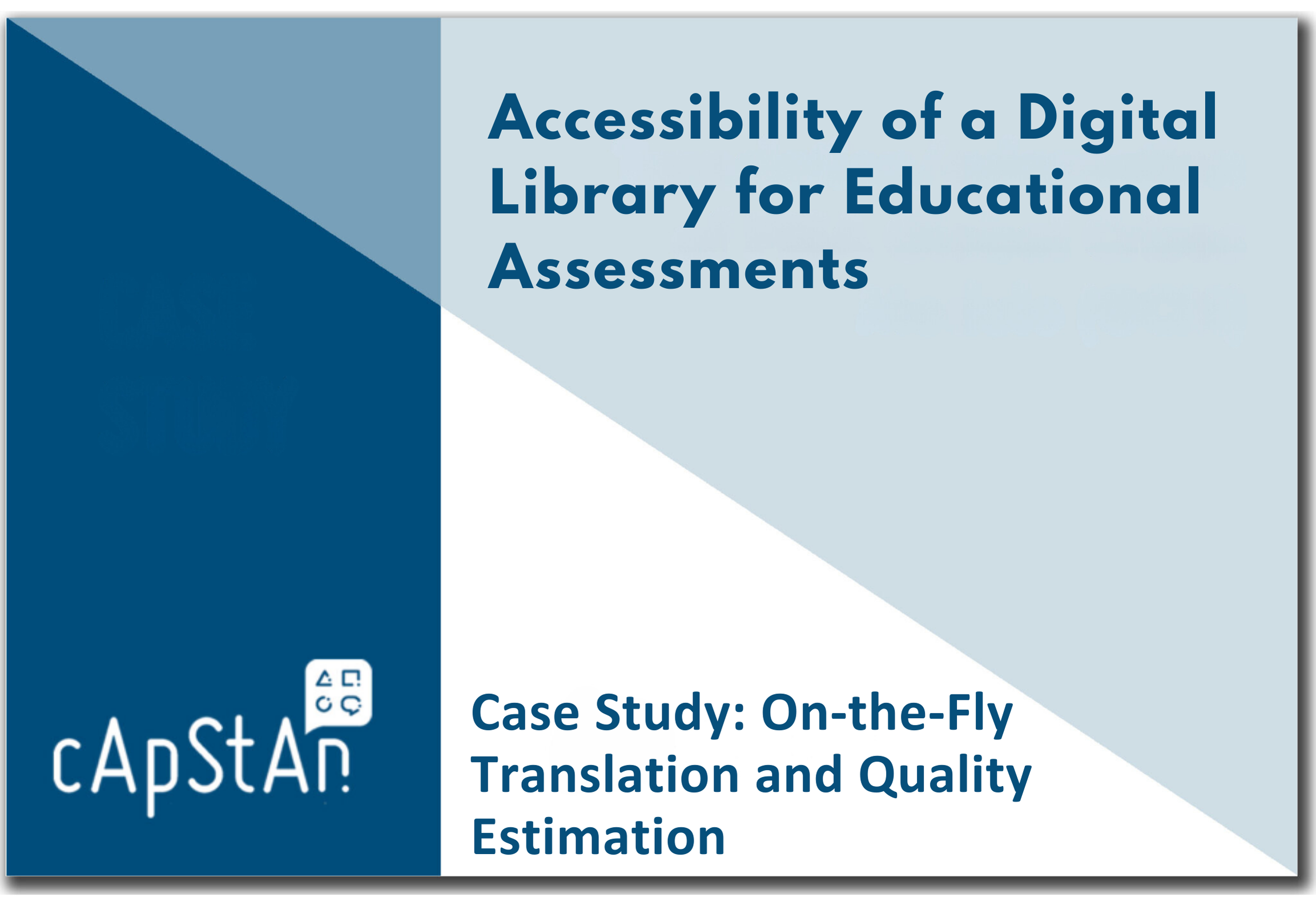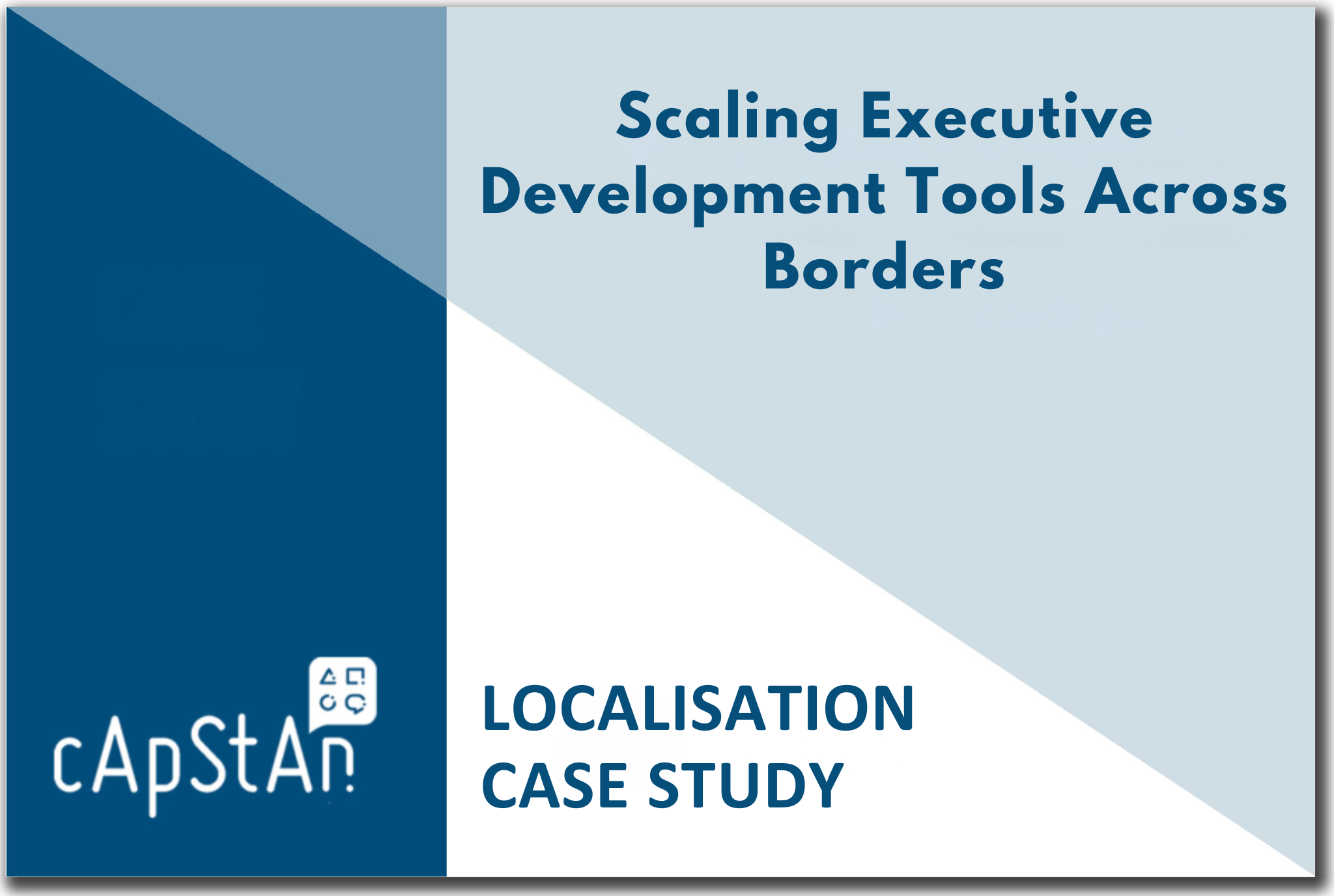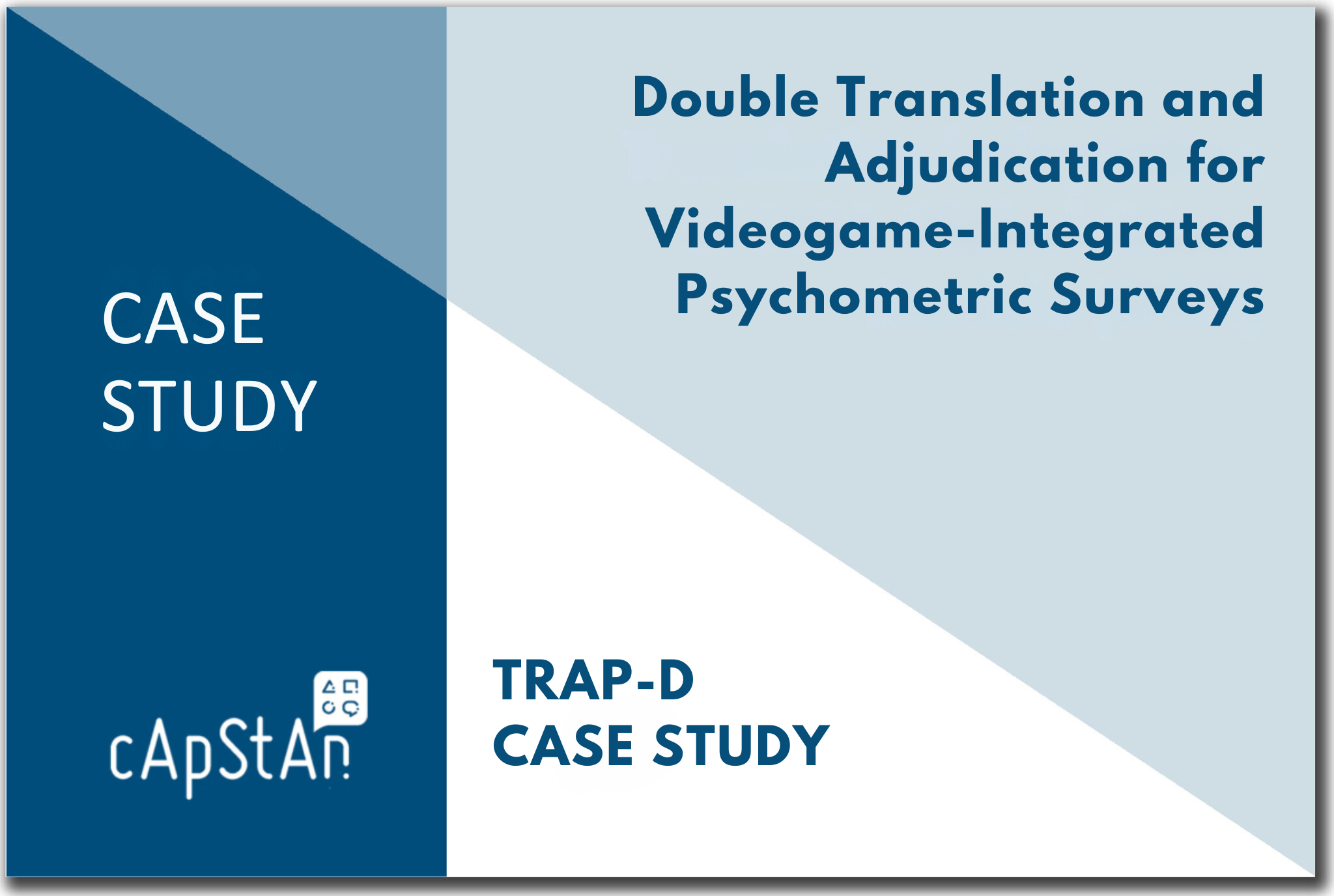Translating and adapting your content
A translation must be fit for purpose.
When our tech team and our translation professionals join forces, the outcome is remarkable: more content is translated for the same budget, and the quality is outstanding across the board. We examine each project’s needs and requirements—including budget and time frame—and propose the most suitable blend of best-in-class technology and experienced translators. We know that
- a translated measurement instrument needs to measure the same construct
- a translated report requires correct and consistent terminology, intelligibility and clarity
- a translated manual must be unambiguous and user-friendly
We determine when to rely on human expertise and when to leverage AI driven workflows.
cApStAn Modular Approach – Our language services are organized in 20 modules that can be combined on the basis of needs, requirements and goals to arrange the best workflow for each project.
Download Our Modular Approach Document
OUR BESPOKE TRANSLATION WORKFLOWS:
Single forward translation + expert review
What? Psychometric assessments, professional certification exams
How? Translators with relevant experience; leveraging assets and pre-translation; automated quality assurance; expert review by a senior linguist or SME trained in identifying equivalence issues.
Added value of source-target comparison by an expert
Dual forward translation + reconciliation
What? International large-scale assessments (ILSAs) such as PISA
How? Two translations produced independently, possibly one automated translation and one human translation; reconciliation (merging) by a senior translator with domain expertise, combining the best elements of both.
The gold standard for assessments: Added value of multiple translation inputs
Dual forward translation, review and adjudication (TRAPD)
What? High-stakes comparative surveys such as the European Social Survey (ESS)
How? Two translations produced independently; review by a senior translator with domain expertise; a final version produced jointly by the three linguists in an adjudication meeting; cognitive debriefing (pre-testing) conducted with a partner organization.
The gold standard for surveys: added value of multiple inputs, adjudication and pre-testing
Automated translation, quality estimation, post-editing
What? Reports, manuals, fieldwork materials, user guides, coding guides, etc.
How? cApStAn selects the most suitable provider for the required locales and content, customises the engine or the model, generates an automated translation, runs automated quality estimation (AIQE), determines quality thresholds for each locale, organises full post-editing of segments below the threshold and possibly light post-editing of segments above the threshold.
Closely supervised automated translation: leveraging technology with safety nets
Fully automated translation workflows, on-the-fly translations
What? Responses to online probes, responses to open-ended questions, gisting of documents, triage
How? Using Toledo , cApStAn’s API, retrieval of files or documents that need instant translation, automatic creation of a localisation kit, automatic call to a secure automated translation provider, automatic call to quality estimation, optional automated post-editing, instant delivery of raw translation output with confidence labels. On-demand post-editing can be accommodated.
A scalable workflow for low-cost translation, not suitable for all types of content
Single forward translation + proofreading
What? Legal documents, reports, minutes of meetings, particularly for low-resource languages
How? Selection of translators with relevant experience; leveraging assets and pre-translation; automated quality assurance routines; proofreading by a copy editor.
Straightforward and cost-effective
We provide translation services from English or French sources to many different target languages:
- English to Arabic
- English to Spanish
- English to Tagalog
- English to Umbundu
- French to Polish
- French to Wolof
- You name it


